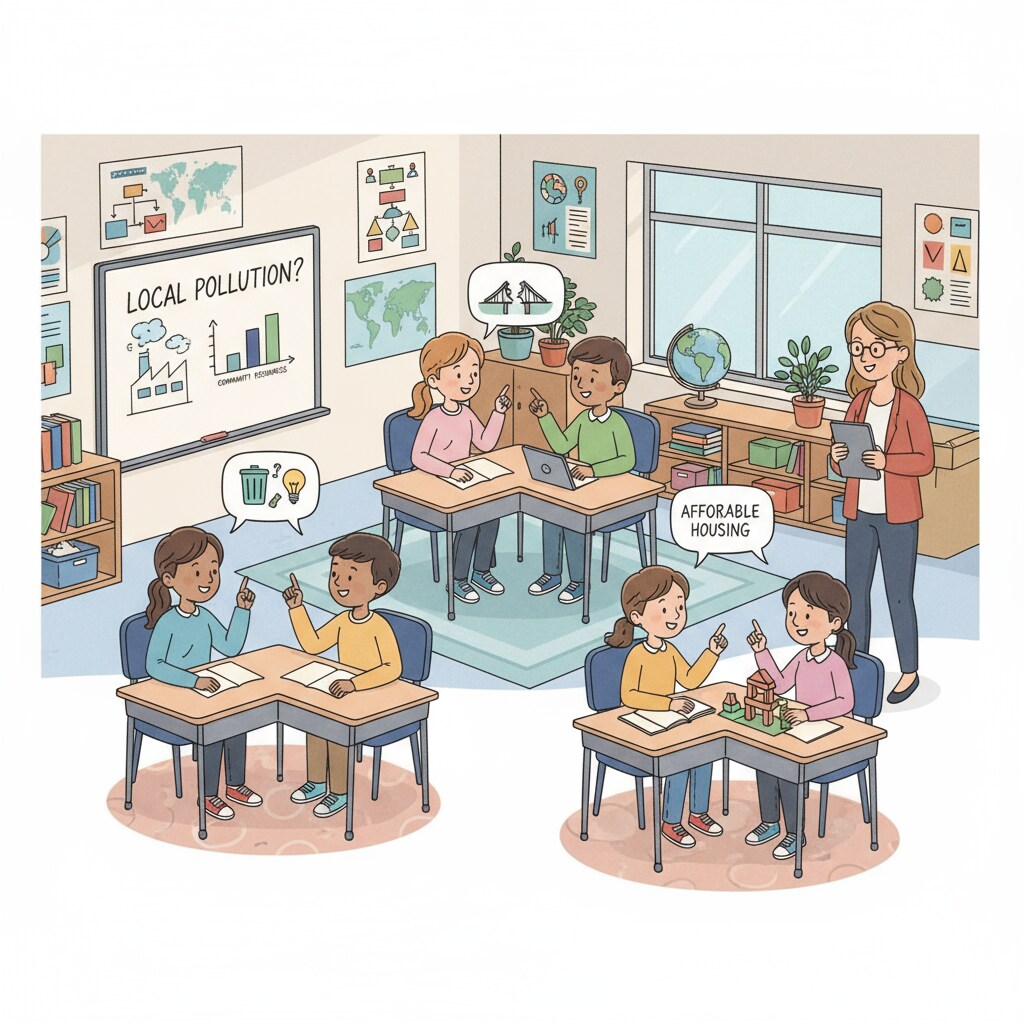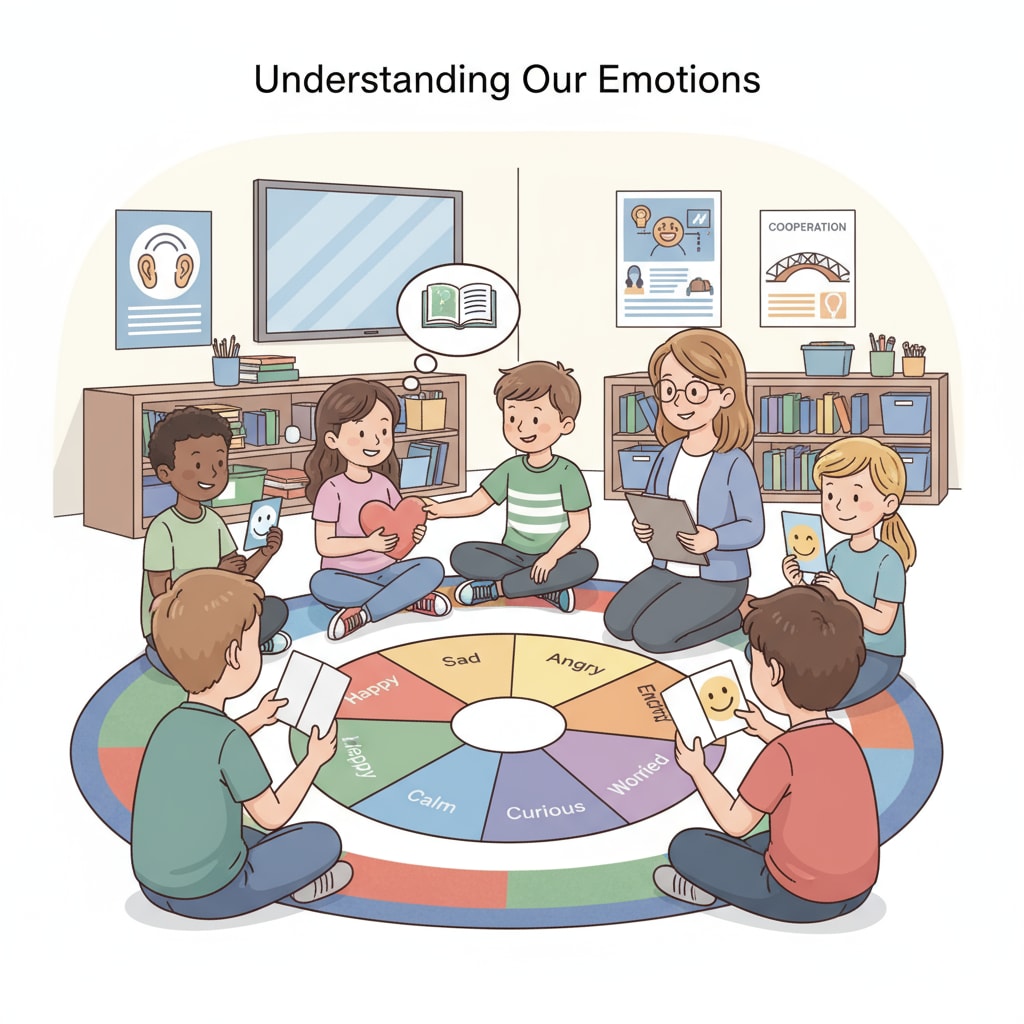Student preparation for real challenges, social-emotional learning, and school responsibilities are intertwined aspects of modern education. In today’s rapidly evolving world, schools are expected to do more than just impart academic knowledge. They must also prepare students to navigate the complex challenges of real life. However, contemporary school education, despite having advanced teaching resources and technologies, has significant shortcomings in cultivating students’ ability to handle real-life challenges.

The Gap in Current Education
Current educational systems often overlook the development of skills needed to deal with practical issues. For example, peer pressure is a common problem among students. It can have a profound impact on a student’s mental health and decision-making. Yet, schools rarely provide in-depth guidance on how to resist negative peer pressure. According to the American Psychological Association, peer influence starts early and can lead to various behavioral problems if not properly addressed. Another area of neglect is cyber safety. With the increasing use of technology, students are exposed to a plethora of online risks, such as cyberbullying and online predators. But schools may not offer comprehensive cyber safety education.
The Importance of Social-Emotional Learning
Social-emotional learning (SEL) is a key component in preparing students for real challenges. SEL encompasses skills like self-awareness, self-management, social awareness, relationship skills, and responsible decision-making. These skills are essential for students to build healthy relationships, manage stress, and make informed choices. A study by the Collaborative for Academic, Social, and Emotional Learning (CASEL) found that students who received quality SEL education showed improved academic performance, better social relationships, and enhanced mental health. For instance, self-awareness helps students understand their own emotions and strengths, enabling them to respond better in challenging situations.

Schools have a responsibility to integrate SEL into the curriculum. This can be done through dedicated SEL classes, as well as by incorporating SEL elements into existing subjects. Teachers should be trained to recognize and address students’ social and emotional needs in the classroom. By doing so, schools can better prepare students to face the real challenges that await them outside the classroom.
Readability guidance: The article uses short paragraphs to clearly present ideas. Each section focuses on a key aspect related to student preparation, social-emotional learning, and school responsibilities. Transition words like ‘however’, ‘for example’, and ‘yet’ are used to make the flow of the article smooth.


